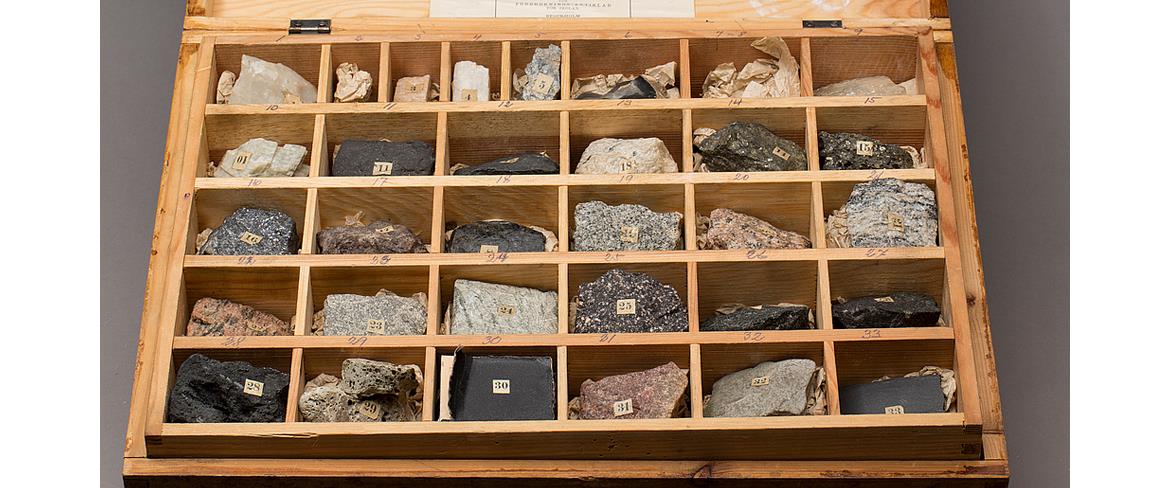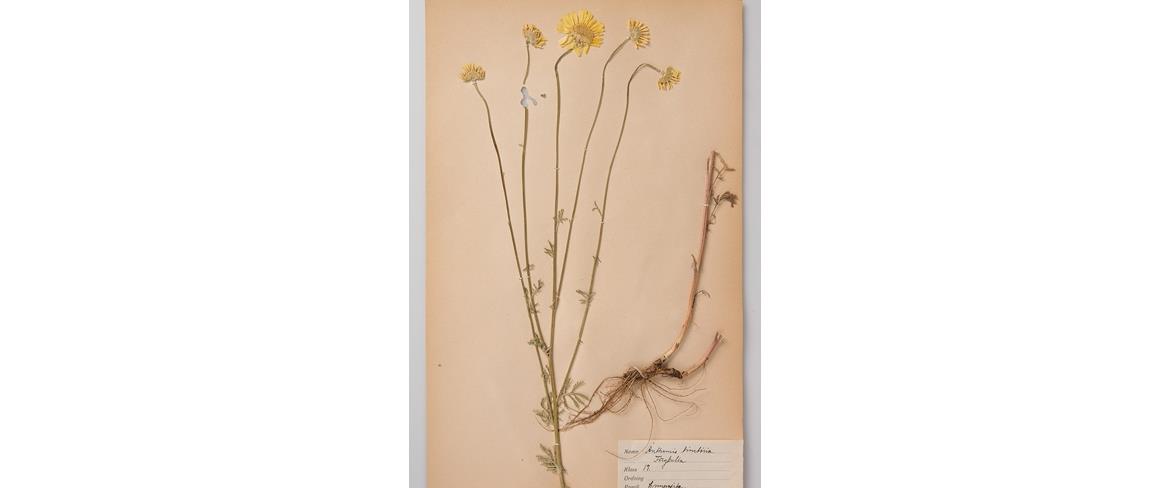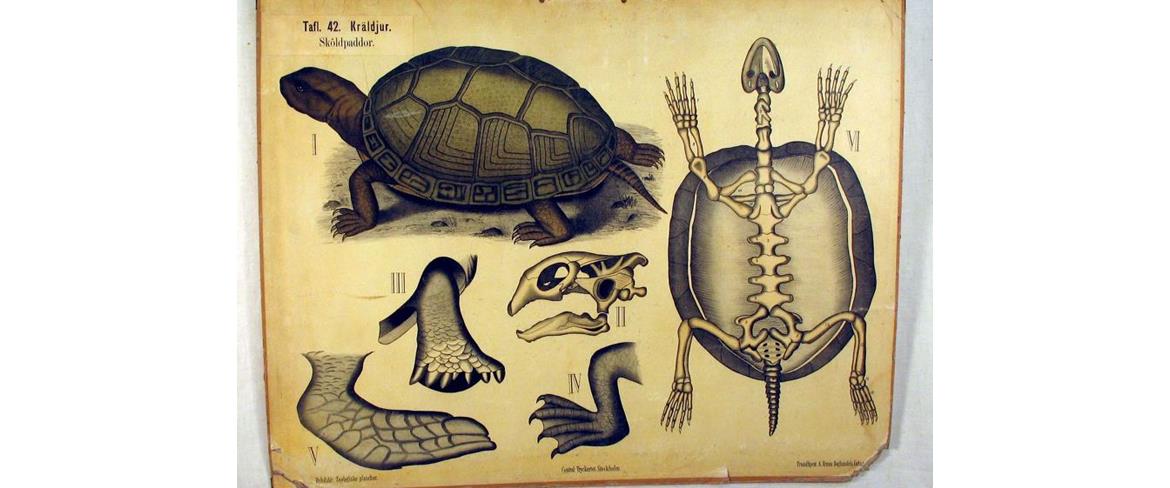Exhibition - Nature: the school's forgotten collections
The nature collection was under a long time the schools’ pride and was a good way for the students to learn about animals, plants, and minerals. Parts of the collections got sent out to the schools from the National Museum of Natural History and some parts came through private donations. Today they are often both forgotten and hidden. They are sometimes difficult to relate to because the content can be sensitive.
Present time - The technology
In today’s schools the computer, the tablet and the smartphone are involved in the education. Information and facts are always available through the internet or digital portals. In comparison to information from books these sources are easier to find and can be quick to update.
A huge part of today’s education dedicates to source critic, to sort facts and find reliable sources on the internet.
Past time – the posters
Before the computers – and maybe before even the books were available for everyone – it was the teachers’ knowledge which determined what the students got to learn. Some things needed to be shown for the students which led to the famous school posters in the classroom. Through them, the students could get to know foreign countries, everyday events, religion, history and much more.
The collections – from museum to school
Under the late half of the 1800th the National Museum of Natural History got several large donations and suffered from a lack of space. It was then decided that the collections would be divided and sent out to the public educational institutions around Sweden. In this way, students throughout the country could take part in the educational material. So natural collections with all the stuffed animals, dried mushrooms, and plants as well as minerals became common in our schools.
Generations of school students have learned everything from anatomy and zoology from studying the content from these collections. Today there is an important historical value in the collections that were often relegated to basements and attics. Likewise, there is a research value in the parts that are still in the museums' collections.
The school’s own history
In the exhibition, we will also tell the history of the school in Piteå: Trivialskolan (trivial school), Flickskolan (girls’ school), General Education Agency... did you know that the house opposite the museum, which is today a café, used to be a school?


